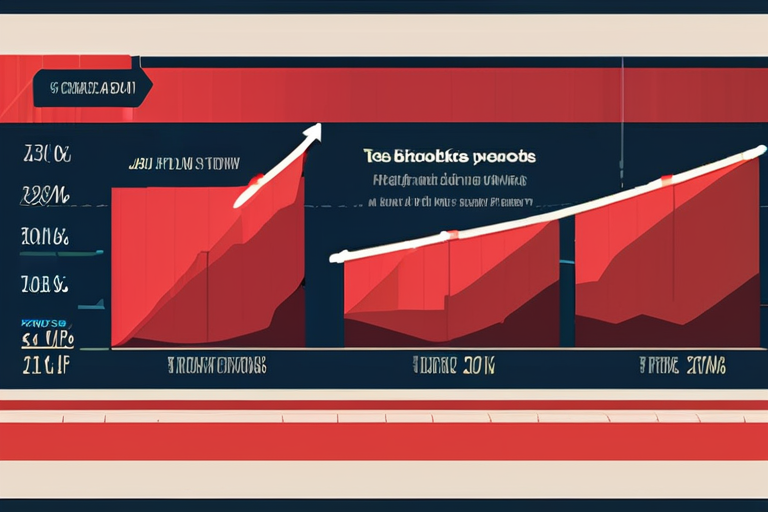Silicon Valley's Disconnection from Middle America
A growing concern has emerged in the tech industry, as venture capital firms and startups in Silicon Valley increasingly focus on high-growth markets, leaving behind the needs and opportunities of Middle America. According to a recent report, the number of venture capital deals in the Midwest and South has decreased by 30% over the past five years, while deals in the West Coast have increased by 25%. This trend is not only a reflection of the industry's bias towards coastal hubs but also a missed opportunity for innovation and growth in the heartland of America.
The numbers are stark. In 2020, venture capital firms invested $1.4 billion in startups in the Midwest, a region that accounts for 20% of the US population. In contrast, the West Coast, which is home to Silicon Valley, received $12.8 billion in venture capital investments, despite having only 12% of the US population. This disparity is not limited to funding; it also extends to talent acquisition, with many top tech talent choosing to stay on the coasts rather than moving to the Midwest.
The market impact of this trend is significant. Middle America is home to a diverse range of industries, from manufacturing to agriculture, that are ripe for innovation and disruption. By ignoring these regions, Silicon Valley is missing out on opportunities to develop solutions that cater to the unique needs of these communities. For example, a startup that develops a precision agriculture platform could have a significant impact on the Midwest's agricultural industry, which is worth over $200 billion annually.
The company/industry background is complex. Silicon Valley has long been the hub of the tech industry, with many of the world's top venture capital firms and startups calling the region home. However, this focus on the coasts has led to a lack of diversity in the industry, with many startups and investors failing to consider the needs and opportunities of Middle America. This bias is not only limited to venture capital firms but also extends to the broader tech industry, with many companies prioritizing coastal markets over the heartland.
Looking ahead, the future outlook for Silicon Valley's disconnection from Middle America is uncertain. On one hand, the trend of coastal bias may continue, with venture capital firms and startups prioritizing high-growth markets over the needs of Middle America. On the other hand, there is a growing recognition of the importance of innovation and growth in the heartland, with many companies and investors beginning to take a more nuanced approach to the region. As the tech industry continues to evolve, it will be interesting to see how Silicon Valley's disconnection from Middle America plays out.
In conclusion, Silicon Valley's disconnection from Middle America is a growing concern that has significant implications for the tech industry. By ignoring the needs and opportunities of the heartland, Silicon Valley is missing out on opportunities for innovation and growth. As the industry continues to evolve, it is essential that companies and investors take a more nuanced approach to Middle America, recognizing the diversity and complexity of the region.



























Share & Engage Share
Share this article